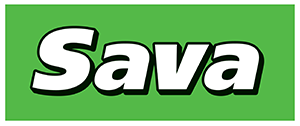Das 2012 eingeführte Reifenlabel bietet Verbrauchern europaweit wichtige Informationen zu Kraftstoffeffizienz, Sicherheit und Geräuschentwicklung, indem es den Rollwiderstand, die Nasshaftung und das externe Rollgeräusch des Reifens klassifiziert. Das Reifenlabel gibt Verbrauchern eine fundierte Entscheidungsgrundlage beim Kauf neuer Reifen. Das überarbeitete Reifenlabel ist am 1. Mai 2021 in Kraft getreten.
Change country
- België
- Belgique
- България
- Česká republika
- Danmark
- Deutschland
- Eesti
- España
- Ελλάδα
- France
- Hrvatska
- Ireland
- Italia
- Latvija
- Lietuva
- Magyarország
- Middle East and Africa
- Nederland
- Norge
- Österreich
- Polska
- Portugal
- România
- Schweiz
- Suisse
- Svizzera
- Slovenija
- Slovensko
- Serbia
- Suomi
- Sverige
- South Africa
- Türkiye
- United Kingdom
- Україна
















